The Problem with Products
Found; composite organic matter and plastic debris. Winter 2018.
The Problem with People
Phase 1
Bioplastic Products must look different.
The challenge of working with plastics in our environment requires a circular approach. Consider that biomaterials have their origin in healthy soils. From there, we engineer and design products using these new materials. Whether these products are tossed to the curbside, composted or possibly even flushed; they all will come into contact with existing bacteria in our ecosystem. Bacteria is the ultimate end user. This work outlines how Human-Centered Design along with Bacteria-Centered Design can allow us to Design for the Waste Stream.
Phase 2
Bioplastics and the Waste Stream
How might we facilitate consumer access to responsible waste streams for bioplastics?
Bioplastics are slowly replacing petroleum-based plastics in certain specialty markets. Consumers like the idea of a non-toxic product made without the use of fossil fuels. But, what is the best way to dispose of bioplastic wares? Recycle? Compost? Will it break down outside? Throw it in the trash and hope it will decompose in the landfill? (This never happens, by the way). The answer is that it depends. Like traditional plastics, bioplastics can be complicated and so can be their disposal.
Bioplastics are not a panacea for our oceans or soil. They will contribute to our already polluted waterways before making their way into the bellies of wildlife and clogging our streets and wild spaces. This will continue unless we address the way they breakdown in our environment and propose very clear, very specific methods for their decay.
Our studio proposes a new class of bioplastics that are bio-based, biodegradable AND compostable. You will know them when you see them. These new plastics will share a common attribute allowing consumers to understand without a doubt that this particular cup or straw or compostable bubble wrap is meant to degrade.
Where do we put bioplastics when we're finished with them? I asked my mom to see what she thought.
Research: part 01
Swab The Streets
Can the ManMade Environment Degrade Bioplastics Before they Reach our Natural Waterways?
Research: part 02
Bioplastics in Nature
Design Soil
Despite our best efforts, materials leak into the environment. Not only should these materials be able to degrade in nature, but they should also provide benefits in the process. What are potential opportunities for environmental breakdown?

















